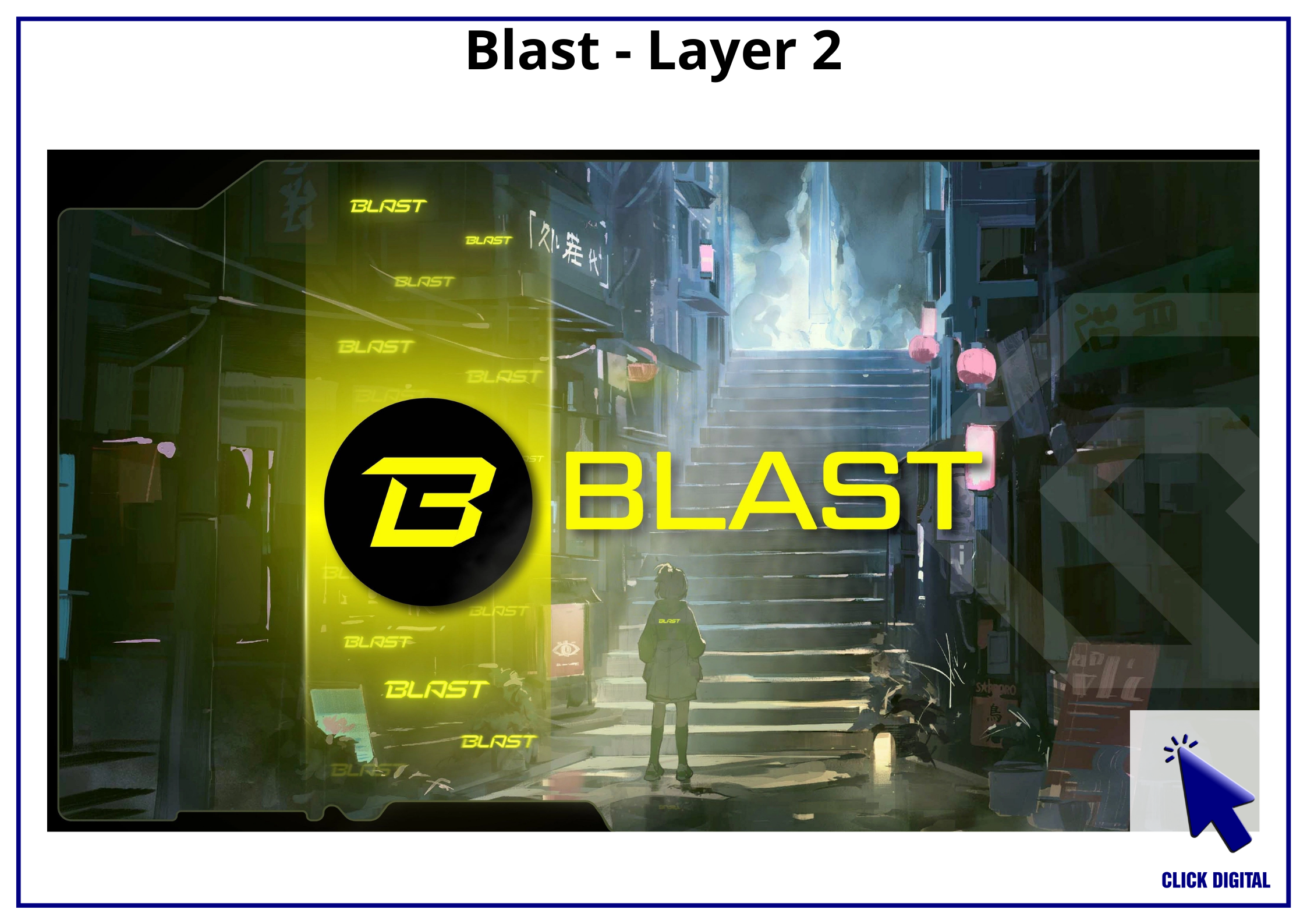You might have heard about Blast, an Optimistic Rollup Ethereum Layer 2 project that has been causing a stir in the crypto world with its airdrop. Blast promises attractive returns for users through its native yield on ETH and stablecoins, but is Blast’s “points” based airdrop strategy truly transparent and fair?
Table of Contents
Blast: Attractive Returns, But Controversial Airdrop
Blast, led by the founder of the popular NFT marketplace Blur, officially launched its $BLAST token this week. The project attracts attention with its mechanism of providing automatic yield (around 4-5%) for both ETH and stablecoins held on Blast.
However, besides its technical highlights, the way Blast distributes its $BLAST token through the “points” system has sparked much debate.
How Blast’s “Points” System Works
- November 2023: Blast announced that early users who transitioned to L2 would receive Blast Points before the mainnet launch, provided that their funds were locked for over 3 months.
- February 2024: Mainnet launched, and after attracting over $2.3 billion in deposits, early depositors received Blast Points.
- March 2024: Blast introduced Blast Gold for dApps on the mainnet to encourage activity from idle wallets, with 50% of the community airdrop going to Gold and Points.
- May 2024: Blast delayed the $BLAST airdrop for over a month.
- May to June 2024: Blast continued distributing gold, diminishing the value of points for early point collectors.
- June 26, 2024: Blast released $BLAST with stage 1 of the airdrop.
The Truth Behind the “Attractive” Point System
At the time of writing, $BLAST token is trading with an FDV of approximately $2.3 billion, with a circulating market capitalization of $400 million, significantly lower than what early depositors expected.
Moreover, with the continuous distribution of Blast Gold, some early point collectors are unhappy with the actual points they receive.
Furthermore, according to documentation, the top 0.1% of users will distribute a portion of their airdrop linearly over 6 months, with the distribution depending on the monthly point threshold based on activity. The second stage of the airdrop will not conclude until June 2025.
The fact that the top 0.1% of users are linearly distributed their airdrop over 6 months, with distribution depending on monthly point thresholds based on activity, is not necessarily a bad thing. This is a common strategy to encourage users to continue being active on the network.
However, what raises concerns is the inequality this approach creates.
Time-based Inequality: The top 0.1% of users benefit more because they have more time to accumulate points and receive a larger airdrop share. Meanwhile, regular users have to wait until the end of the 6 months to receive their full airdrop share.
Accessibility Inequality: Top users are often those with more resources, experience, and knowledge, which makes it easier for them to achieve monthly point thresholds and receive larger airdrop shares. Regular users, especially newcomers, might struggle to achieve the threshold and receive the full airdrop share.
In conclusion, the linear distribution of the airdrop to the top 0.1% of users over 6 months is not necessarily a bad thing, but it does create inequality between top users and regular users. This approach can lead to dissatisfaction and reduce the motivation of regular users to participate.
Is the “Points” System Truly Effective?
The “points” system might be useful to encourage initial activity, but it also creates injustice and a lack of transparency.
“Both point collectors and native users have to compete to get a fixed share of the total points allocated, while facing uncertainty about the future.”
According to Click Digital, the key lies in the fact that the “point system” causes inequality among users. “Point collectors” are not actual users of the network, they only participate to profit from points, leading to a reduction in the actual value of points for loyal users.
In simpler terms, Blast’s airdrop is risky because it relies on a “point system” that is not transparent and fair:
- Points are not real value: Users have to participate in activities to earn “points” in exchange for the $BLAST token. This creates unhealthy competition between real users and those who just want to earn points.
- Unfairness for regular users: The “point system” disadvantages regular users compared to the top 0.1% of users, who have more time and the ability to accumulate points.
- Uncertainty about value: The value of “points” can decline due to the continuous distribution of Blast Gold, resulting in losses for early point collectors.
- Centralized control: The “point system” empowers Blast developers to control token distribution, rather than allowing users to freely decide.
In conclusion, Blast’s airdrop is risky because:
- It creates inequality: Some users have an advantage over others, which is unfair.
- It lacks transparency: Users do not know exactly how “points” are calculated and their actual value.
- It benefits a small group of people: The top 0.1% of users are prioritized, which can cause inequality.
Therefore, before participating in Blast’s airdrop, you need to carefully consider the potential risks and ensure you fully understand how the “points” system works.
Conclusion
While Blast is an attractive project with great potential, the project’s “points”-based airdrop strategy is causing controversy.
“Is this system truly a drop for the community, or just a ‘trap’ to attract users and generate profits for early investors?”
Everyone needs to be sober and insightful before participating in projects like Blast. Carefully research the mechanisms, risks, and benefits before making a decision.
Digital Marketing Specialist

